Introduction
Specifications and Features
Designed for Sony’s A7 full-frame mirrorless camera series but also compatible with APS-C size E-mount bodies (where it has a equivalent angle of view to that of 135mm), the 90mm f2.8 Macro G OSS features a complex optical design consisting of 15 elements arranged in 11 groups, and uses aspherical, ED and Super ED elements to combat spherical aberration and distortion, and to reduce color fringing (lateral CA). The lens also has a Nano AR coating, optical image stabilization, a near-silent sonic-type AF system driving two “floating” focus groups for precision close-ups, and adopts an internal focus mechanism, so there’s no lens extension or rotation of the front group. Minimum focus distance is 11.0” (28cm) with a 1:1 maximum magnification ratio. Externally, the lens has a focus hold button, a focus limiter switch, and a sliding focus collar to switch between AF and manual focus, and Sony claims that the body is dust- and moisture-resistant.
The new model measures 3.11 x 5.14″ (79.0 x 130.5 mm) and weighs 1.32 lb (602 g). It is available now at around $1,100 (USD).
- 15 elements arranged in 11 groups
- ED and Super ED elements
- Nano AR coating
- Optical stabilization
- Sonic type AF motor with IF (internal focusing)
- Weather-resistant
- 1:1 magnification at 11.0” (28 cm)
Measurements: Outstanding optical performance
Achieving an extremely high overall DxOMark lens score of 40 points on the full-frame 36-Mpix Sony A7R, the new FE 90mm f2.8 Macro is an outstanding performer optically. It has exceptionally high acutance (sharpness) wide open and very good sharpness across the frame, and vignetting and chromatic aberration (CA) are generally well-controlled.
Optimum performance is reached one to two stops down from the maximum aperture, where sharpness is highly uniform across the entire field including the corners, and where CA is low and vignetting is negligible. Sharpness starts to fall by f/8, but uniformity remains excellent through to f/22. Transmission at maximum aperture is measured at T2.8.
Sony FE 90mm f2.8 Macro G OSS vs. Canon EF 100mm f2.8L Macro IS USM vs. Zeiss Makro-Planar T* 100mm f2 ZF2 Nikon: Optical excellence
As this is the first of its kind for full-frame E-mount mount models, we’ve compared the new 90mm Sony with some of its available rivals. The Canon EF 100mm f2.8L Macro was the first of its kind to feature stabilization (in fact it adopts Canon’s ‘Hybrid IS’ which corrects angular motion as well as the usual horizontal and vertical shift). We’ve also chosen to compare the manual-focus Zeiss 100mm Makro-Planar. This is the fastest macro model available for full-frame cameras, although it can’t achieve 1:1 magnification unaided, only 1:2 (0.5x). The Zeiss is also available in Canon EF mount, so most of what goes for the Nikon mount can be applied to the Canon version.
As we can see from the overview, despite the addition of UD glass in its construction, the Canon has high chromatic aberration, which is particularly troublesome in a macro lens. However, it has high sharpness, and the potential to compare favorably with the Sony and Zeiss — the lower P-Mpix score is a result of the lower-resolution Canon sensor. The two rivals have lower distortion, but neither can match the effectiveness of the Sony’s transmission, although the Zeiss is faster still at T2.3; nor can they match the vignetting, although in fairness vignetting is lower at f/2.8 on the Zeiss. Overall, the Zeiss is a formidable rival, and the Canon would be as well if it wasn’t for its poor CA correction. At around $899, the Canon isn’t exactly cheap, but it’s more accessible than the $1850 for the Zeiss.
Conclusion
With some innovative cameras in the range, Sony is beginning to fill out the E-mount system with some useful high-quality lenses, and the FE 90mm f2.8 macro is up there with the best in terms of optical quality. The only downside, perhaps, is that the lens is at odds with the perceived benefits for buying into mirrorless systems: sure, the bodies are smaller, but this lens is not significantly smaller nor lighter than rival options. Be that as it may, there’s little wrong with the optical quality of the Sony FE 90mm f2.8 Macro G OSS, and if the size or weight isn’t an issue, then it can be easily recommended.


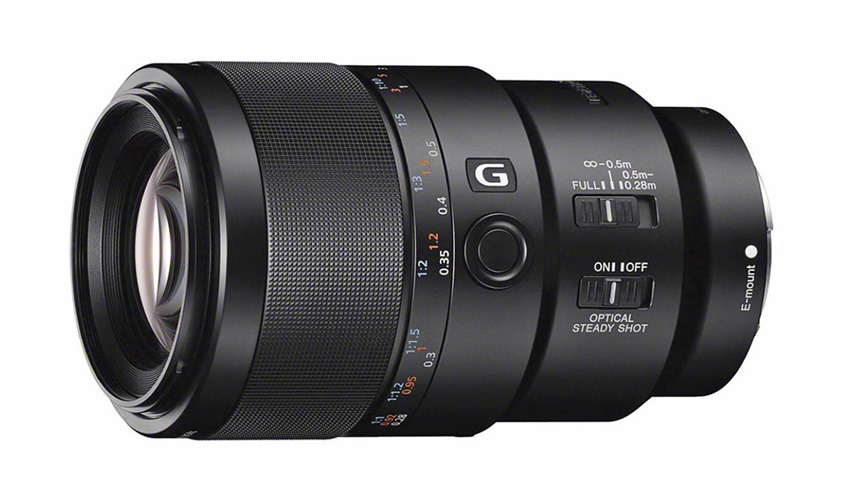



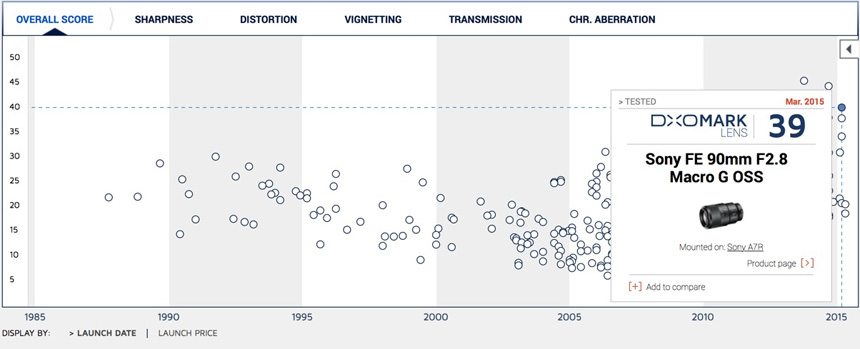
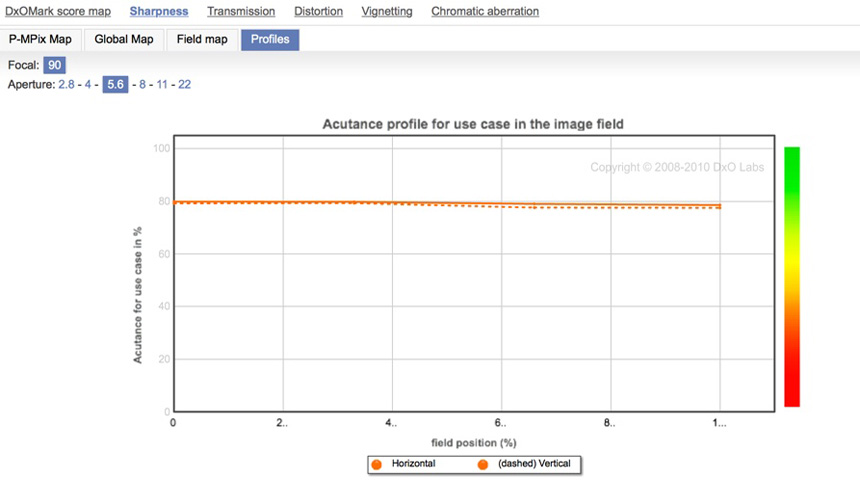
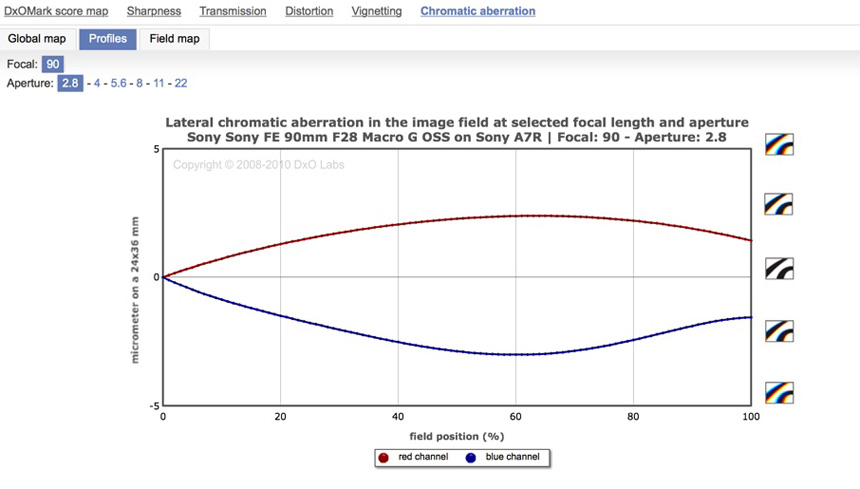
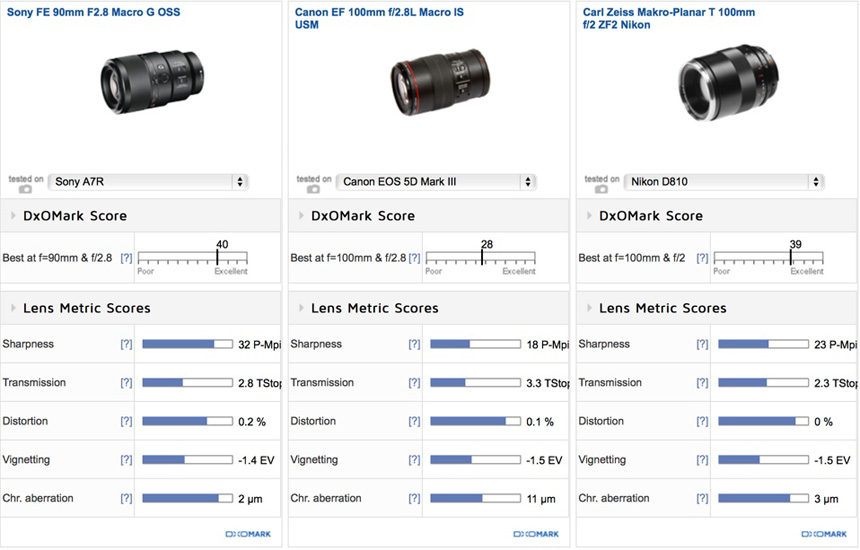
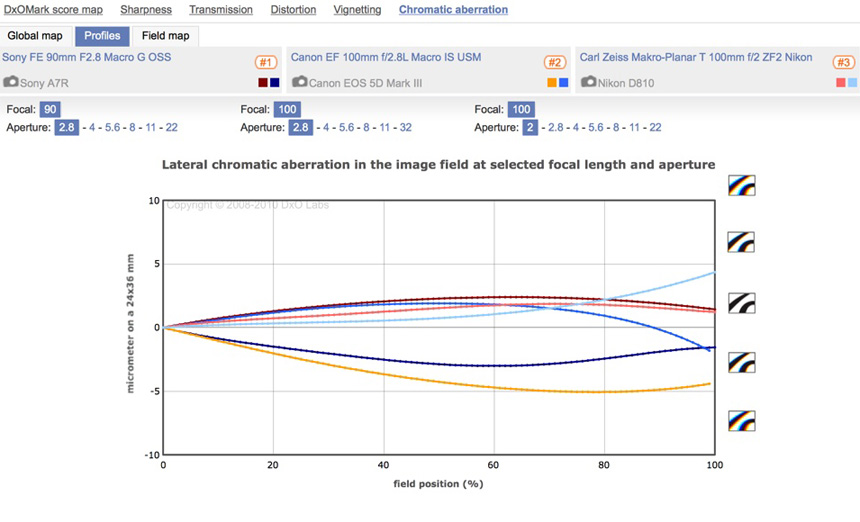
DXOMARK encourages its readers to share comments on the articles. To read or post comments, Disqus cookies are required. Change your Cookies Preferences and read more about our Comment Policy.